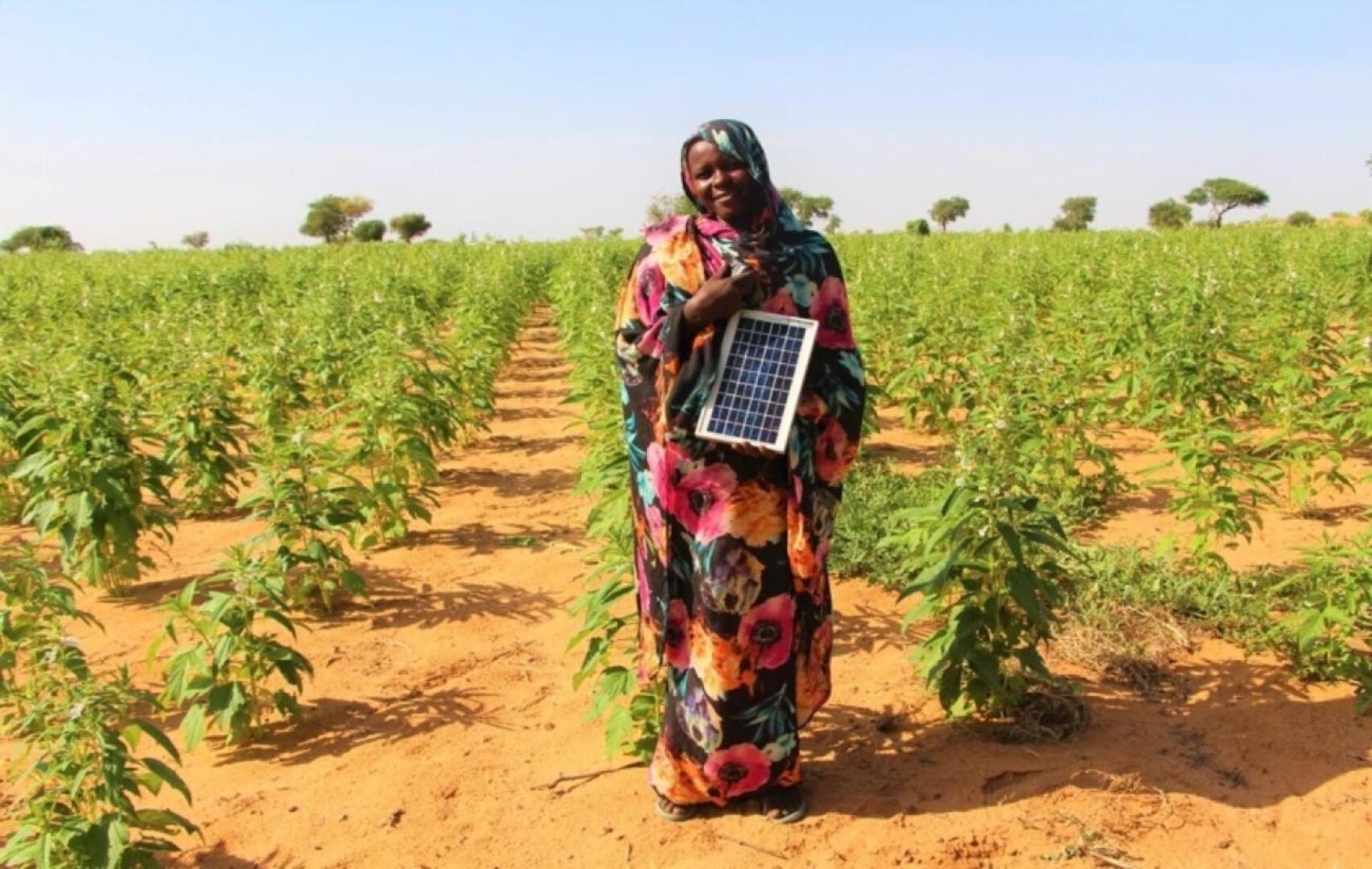In Yemen, where communities confront conflict and economic decline, temperatures have been rising faster than the global average over the last three decades. Across the country, droughts and floods periodically damage agricultural lands, reduce the availability of arable lands and threaten the livelihoods and food security of communities.
“Agriculture is the main source of income for our communities, but climate change has made farming difficult and brought a decline in our economy,” Noha Alban, a community leader from Lahj, a governorate of Yemen, said.
Yemen is facing a decline in agricultural productivity and a shortage of seasonal crops on which the rural population depends, leading to increased food insecurity and high rates of malnutrition, as well as the continued shortage of groundwater and drinkable clean water.

“Before we started to experience drought, heavy rain and flooding, 80 percent of our community worked on farms, but now only 30 percent can afford seeds or the other resources they need to continue farming,” Noha said.
In rural communities across Yemen, women are tackling the issue of climate change with grit and resilience.
Women often work as farmers and are increasingly becoming the sole breadwinners of their families, Noha said. They also play a pivotal role in food security and land management and help to mitigate tension over natural resources, like water, among local farming groups.
Noha is a member of one of the International Organization for Migration’s Conflict Resolution Committees, which were formed to address issues that arise in communities due to displacement and competition over resources.
Committee members work to raise awareness about environmental sustainability, social cohesion and peaceful solutions to conflicts through community dialogue and mediation.
“The majority of people here know the climate is changing, but they do not know what kinds of precautions they can take. Women can help to reduce the risks of climate change by talking to people and raising their awareness,” Noha added.
Noha and other committee members work closely with male and female farmers to improve and care for their agricultural crops, and educate them about the complications of climate change and the causes of floods and droughts.
“As a member of the Conflict Resolution Committee, I help to resolve these disputes. We also educate farmers and encourage them to support each other in the management of resources and their land,” Noha concludes.
In Sudan, women lead their communities in the fight against climate change.
Khartoum Abdulrahman Al Duma spent much of November harvesting sesame and peanuts on her farm in the Darfur region in Sudan.
In Darfur, land can be hard to sow; parts of the land are semi-arid and prone to droughts, which are becoming worse amid the climate crisis. The region has been beset by conflict for the past two decades, compounding the challenges for its inhabitants.
But Al Duma’s crop turned out to be a bumper one — that yields an unusually abundant harvest.
That’s thanks in part to training she received under an initiative led by the UN Environment Program.
